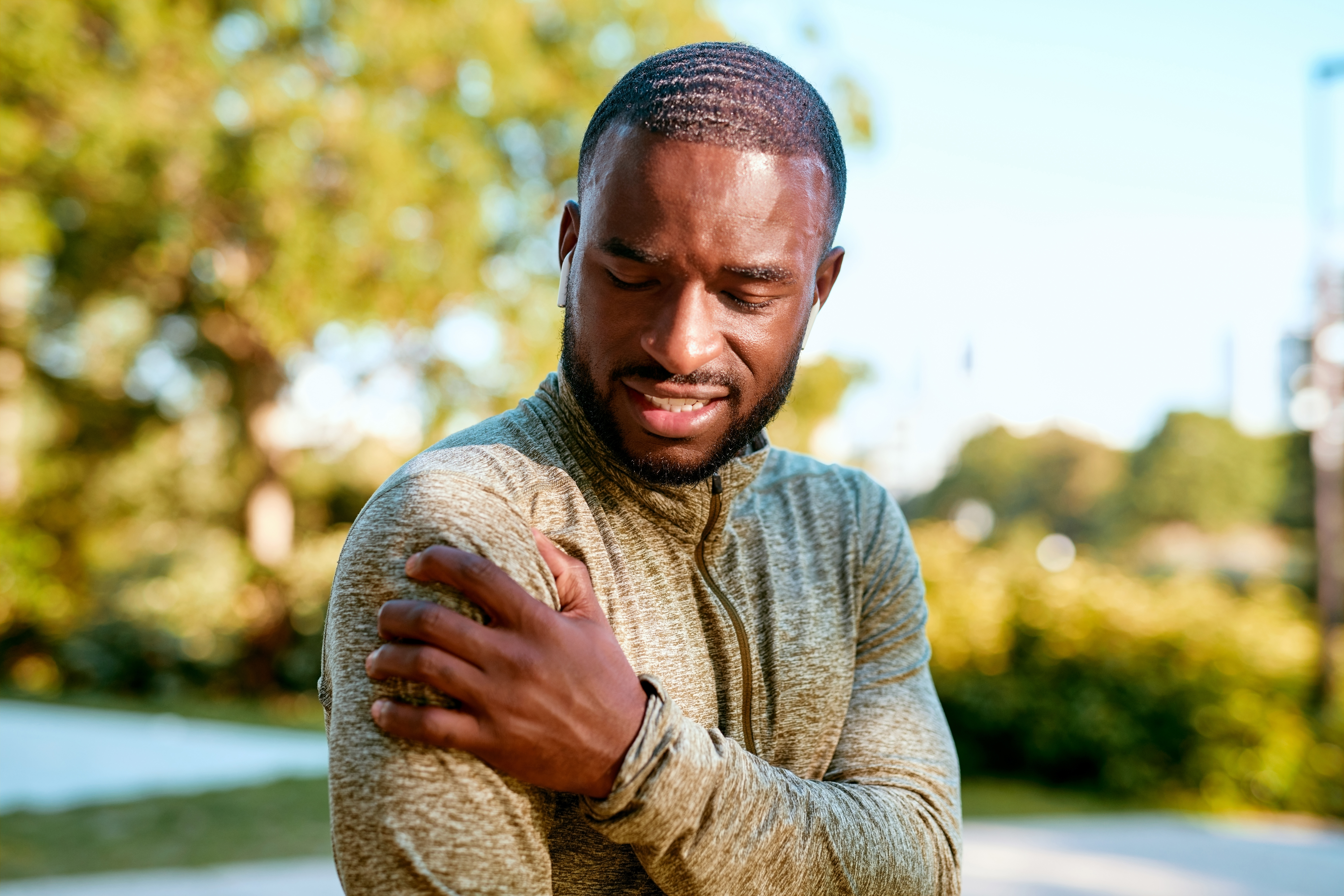You move your shoulder, and something feels off. The ball-and-socket joint, which allows your shoulder to move and rotate, can become loose. Perhaps that uncomfortable sensation is the worst of it. More likely, though, you’re experiencing pinching pain and weakness as well. The symptoms might only occur when you throw or reach with that arm, but in some cases, they’re persistent.
It doesn’t take an orthopedic surgeon to know that your shoulder shouldn’t feel like that. If the above description resonates with you, it’s possible that you may be suffering from shoulder instability. Your condition may have come on suddenly after injury or worsened gradually overtime.
The shoulder joint is incredibly important in our day-to-day lives. In fact, it might be the MVP as far as joints go – considering it’s the most moveable joint in our bodies. A functional shoulder joint is the difference between being able to reach a shelf, comb your hair, throw a ball, and more without pain.
What is shoulder instability?
Though the shoulder normally maintains an impressive range of motion, it can become unstable.
In simple terms, shoulder instability may be described as the feeling that your shoulder is “giving way”, moving out of place, or feeling unstable. According to John Hopkins Medicine, “shoulder instability usually occurs when the lining of the shoulder joint (the capsule), ligaments or labrum become stretched, torn or detached, allowing the ball of the shoulder joint (humeral head) to move either completely or partially out of the socket.”
Here are three types of shoulder instability which may vary in terms of severity:
- Shoulder dislocation happens when the humerus falls all the way out of the socket. If you have a dislocated shoulder, you may experience deformity, swelling, numbness, weakness, and bruising.
- Shoulder subluxation is different than dislocation – subluxation occurs when the humerus only falls partially out of the socket. This may cause a loose, wobbly feeling and the pinching pain we described earlier.
- Labral tears typically occur from injury or overuse. The labrum helps keep your shoulder in place, so when it tears, you may experience instability and pain.
Some people may also be genetically predisposed to shoulder instability if they were born with particularly loose shoulder ligaments. For other potential causes of shoulder pain but not instability, read our blog here.
How do I know if I have shoulder instability?

The symptoms above, particularly if your shoulder feels loose and weak, are all tell-tale signs of instability. You might also be experiencing a decreased range of motion and a feeling of numbness in the shoulder. Some patients may also experience repeated shoulder dislocations.
If you suspect you have shoulder instability or are experiencing any of the above symptoms, it’s best to seek evaluation by a doctor. Your provider will discuss your symptoms, physically examine your shoulder, and possibly order X-rays or an MRI to inspect the damage.
What are my treatment options?
Treatment depends on the severity of your condition and any guidance you receive from your doctor. Some patients may be able to recover by resting and avoiding activities that might cause additional stress on the shoulder. Other patients may receive a sling, or anti-inflammatory drugs to ease swelling and pain. A doctor might also explore physical therapy as an option before considering surgery.
For some patients, surgery may be needed to minimize the risk of repeat dislocations so they can get back to their favorite activities. Various procedures may be performed, including shoulder arthroscopy.
If you, a friend, or family member are living with shoulder instability or pain, use our Find a Doctor tool today to locate an expert in your area that is familiar with Anika’s shoulder solutions.




